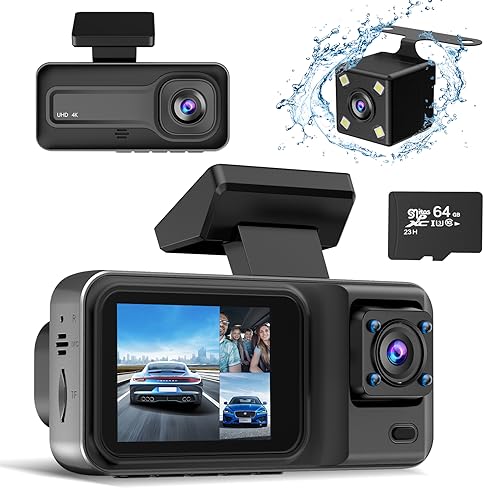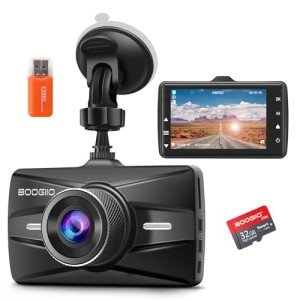Choosing the right digital camera can feel a bit overwhelming, especially with so many options out there. But don’t worry! Getting started is easier than you might think. First, consider what you'll use the camera for. Are you taking family photos, documenting your travels, or diving into photography as a hobby? Knowing your purpose helps narrow down your choices.
Next, think about the size and weight. If you’re planning to carry your camera around all day, a compact model might be your best bet. These digital cameras are lightweight and easy to stash in your bag. But if you want high-quality images and don't mind a little extra weight, a DSLR or mirrorless camera could be the way to go.
Then it’s time to check out the features. Do you want manual controls to play with settings? Something with automatic modes for quick snaps? Pay attention to the megapixels, lens options, and video capabilities if you plan on capturing video too. Some digital cameras even offer built-in Wi-Fi, making it super easy to share your pictures instantly.
Finally, set a budget. There are great digital cameras at every price range. You don’t have to break the bank to find a quality camera that fits your needs. Just remember to also think about accessories like lenses, tripods, and cases, which can enhance your photography experience.
Essential Features to Look For in Cameras
When it comes to choosing the best digital cameras, there are a few must-have features that can really make a difference. You want a camera that not only clicks great photos but also fits your lifestyle. Here are some essential features to keep an eye out for.
Megapixels Matter
More megapixels usually means better image quality, especially if you plan to print your photos. Look for digital cameras with at least 12 to 16 megapixels if you want sharp, detailed images. This will ensure you can crop your photos without losing quality.
Zoom Capability
If you love capturing distant subjects or want more versatility while shooting, consider the zoom. Digital cameras come with two types of zoom: optical and digital. Optical zoom gives you a clearer image as it uses the camera’s lenses to bring your subject closer, while digital zoom can often lead to blurry pictures. Aim for a camera with good optical zoom for the best results.
Low Light Performance
Want to capture memories during evening events, like weddings or parties? Check out the camera’s low light performance. Look for features like larger sensors or wide apertures (like f/1.8 or f/2.8) that allow more light in, helping you snap great shots without a flash.
User-Friendly Controls
Finally, consider how easy the digital camera is to use. Intuitive menus, comfortable buttons, and a responsive touchscreen can make a huge difference, especially if you're venturing into photography for the first time. You want a camera that feels natural in your hands and isn’t a hassle to operate.
Universal Dash Cam Mount for Most Car Cameras
Easily secure your dash cam for crystal-clear footage on every drive
Product information
$8.99
Product Review Score
4.24 out of 5 stars
95 reviewsProduct links
Tips for Taking Stunning Photos
Taking stunning photos is all about knowing the tricks of the trade. With digital cameras, you have the advantage of instant feedback, so you can experiment with settings and angles to your heart’s content. Here are some easy tips to help you capture life beautifully.
First off, lighting is everything. Natural light is your best friend. Try shooting during the golden hour—early morning or late afternoon. The soft, warm glow makes everything look magical. If you’re shooting indoors, position your subject near a window. Avoid harsh overhead lighting that can create unflattering shadows.
Next, think about composition. The rule of thirds is super helpful. Imagine your image divided into a 3x3 grid and try to place your subject along those lines or at the intersections. This adds balance and interest to your photos. Also, don’t be afraid to get close! Filling the frame with your subject can create a striking image that really catches the viewer's eye.
Don’t forget to experiment with settings on your digital cameras! Get to know your camera’s features, like ISO, aperture, and shutter speed. Play around with them to see how they affect your photos. For crisp shots, use a fast shutter speed, especially when capturing action. And if you want a dreamy background blur, open up your aperture.
Lastly, don’t shy away from editing. Even a little tweak can enhance your photos. Use simple software to adjust brightness, contrast, and saturation. Just remember to keep it natural—no one wants to look overly edited. With just a few tweaks and your newfound skills, you’ll be capturing stunning images in no time!
4K 3-Channel Dash Cam, Front & Rear Cameras
Enhanced safety and visibility with ultra high-definition footage from the 4K 3-Channel Dash Cam, featuring front and rear cameras
Product information
$69.99
Product Review Score
4.7 out of 5 stars
172 reviewsProduct links
Maintaining Your Camera for Best Performance
Keeping your digital cameras in top shape doesn’t have to be a hassle. Simple maintenance goes a long way in ensuring you get the best performance out of your gear, capturing those beautiful moments without a hitch.
First up, lens care. Always use a lens cap when you’re not shooting and keep a microfiber cloth handy for quick clean-ups. Dust and smudges can ruin your shots. When cleaning, don’t just wipe - use a blower to remove particles, then gently wipe with the cloth in a circular motion. Treat your lens well, and it’ll return the favor.
Battery care is just as crucial. If you want to avoid missing that magical sunset shot, keep your batteries charged and ready to roll. Store them in a cool, dry place, and if you won’t be using them for a while, take them out of the camera to prevent leaks. This habit saves you from those "Oh no, I forgot to charge!" moments.
Finally, keep your digital cameras protected when you're on the go. Invest in a good camera bag that has padding, so accidental bumps don't damage your gear. Also, try to avoid exposing your camera to extreme temperatures or moisture; you don’t want to end up with a soggy camera on a rainy day or a frozen one in the snow.





